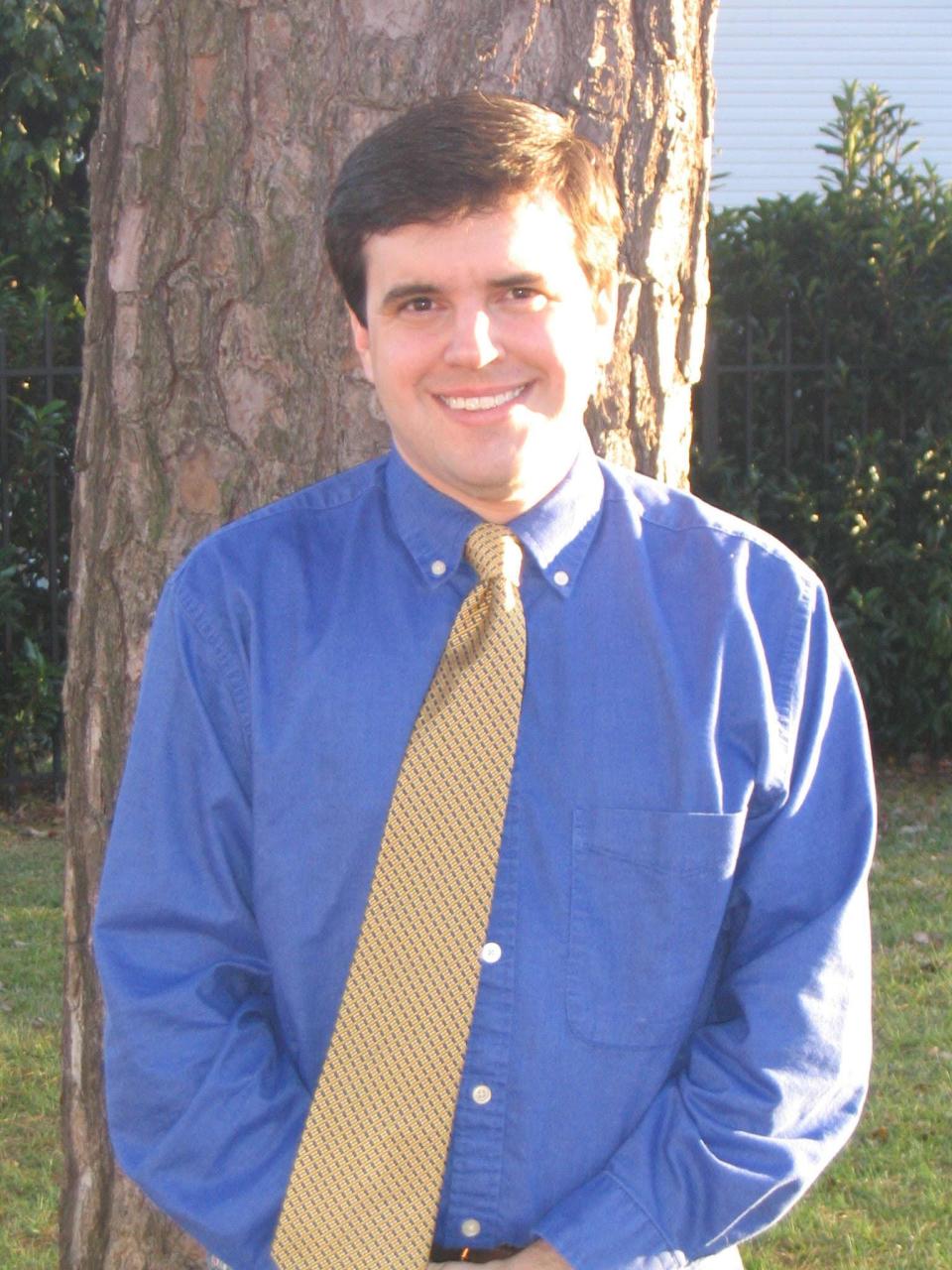Bridges: Remembering East Texas' New London school disaster
It is every parent’s worst nightmare. And it is a tragedy that still haunts a small East Texas town. On one terrible day in 1937, a school building in New London exploded, killing nearly 300 children.
The oil industry had transformed Rusk County in a very short time since oil was first discovered in 1930. Oil workers and investors had swarmed into the area. The oil industry was creating many jobs, shielding the community from the effects of the Great Depression that affected the rest of the country. In the ensuing years, oil workers were injured or killed in natural gas explosions or oil rig accidents. Safety and environmental regulations did not exist, and company owners viciously fought any suggestion that they should ever be enacted. The easy money kept coming in, and practically no one thought about the consequences.

The New London School District reaped the rewards of the oil money in the meantime and built the impressive $1 million London School building ($17.6 million in 2016 dollars) in 1932.
In January 1937, school district officials, with the full knowledge and consent of the school board and the superintendent, cancelled the $300 monthly natural gas bill (or $5,028 in 2016 dollars). Instead, a team of plumbers tapped into a residual gas line from Parade Gasoline Co., owned by H. L. Hunt, and connected the unrefined gas to the school. This was a common practice among some homeowners and local businesses, and Parade was aware of the school district’s plans.
Not long afterward, some students reportedly began complaining about headaches, a symptom of gas poisoning, but no one made the connection between the reports of illness and the odorless natural gas supply the building was using.
March 18 started as a typical day. More than 500 students attended, along with 40 teachers. At around 3:05 p.m., as the day was winding down, Lemmie Butler, a respected shop teacher, innocently turned on the sander in his classroom as he had many times before.
A spark flew.
And the gates of hell opened.
The spark ignited a cloud of natural gas that destroyed half of the building in an instant. Desperate parents rushed to the scene, digging through rubble with their bare hands. Police and firefighters were overwhelmed. Local oil workers brought heavy moving equipment and torches to cut through the debris. Within the hour, Gov. Jimmy Allred sent Texas Rangers and emergency services to New London.
The new Mother Frances Hospital (which still exists) was scheduled to open in nearby Tyler the next day but opened early to accommodate the injured from New London. Volunteers came from across the state and neighboring Louisiana.
The death toll, including teachers, was put at 319.
In the aftermath, the school district was exonerated. More than 70 lawsuits were filed against the district and Parade, but Judge Robert T. Brown, ignoring law, precedent, and evidence, dismissed them all. In one moment, an unfeeling and uncaring judge prevented any possibility of anyone ever being held accountable for the worst school disaster in American History. Hundreds of families were devastated, and one judge decided that business would proceed as usual. No justice was ever served. No one was ever convicted, and neither the school district nor the gas company nor anyone else responsible ever had to pay a dime.
School superintendent W. C. Shaw, whose son died in the blast, resigned and left New London.
Texas passed important new safety regulations in an emergency session later in 1937. These laws included a requirement that an odor be added to natural gas in case of leaks. The Engineering Registration Act was passed to ensure that engineers would be licensed and that only qualified personnel could run gas lines. Fire drills in schools are now required; and all public buildings must have doors that open outward, all in light of the tragedy.
The school was soon rebuilt. A memorial was placed near the site in 1939, listing the names of all those who perished. A museum across the street from the explosion site opened in 1998, curated by a survivor. The tragedy has been the subject of several books and documentaries, including When Even Angels Wept (2009), a first-hand account told by survivors. The physical wounds healed, but for hundreds of families and an entire community, the hearts remained broken.
Ken Bridges is a writer, historian and native Texan. He holds a doctorate from the University of North Texas. Bridges can be reached by email at drkenbridges@gmail.com.
This article originally appeared on Amarillo Globe-News: Bridges Texas history column: Remembering New London school disaster

